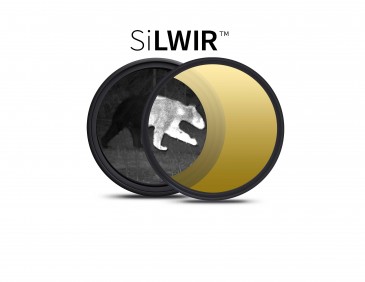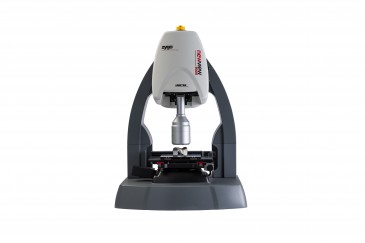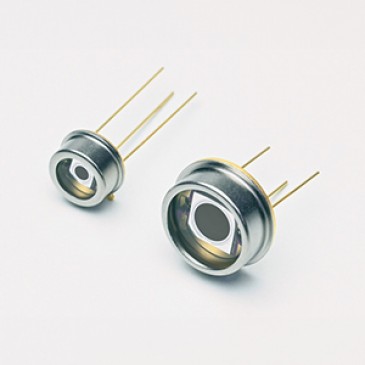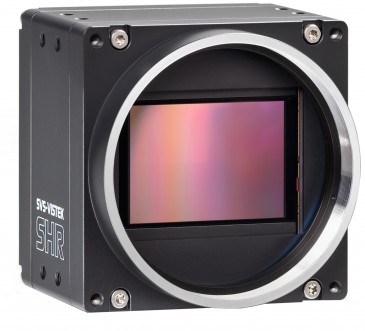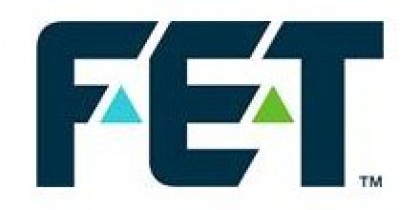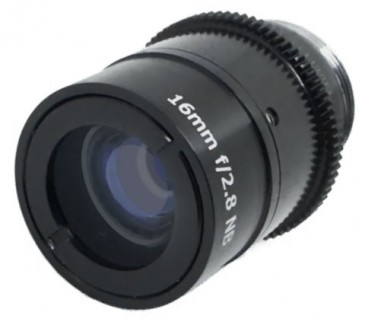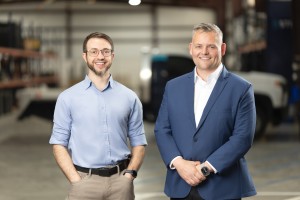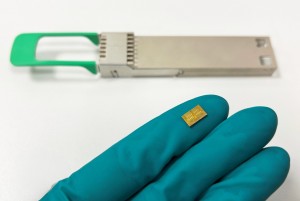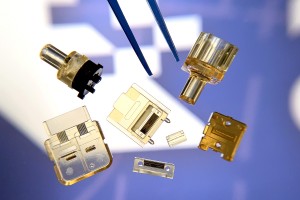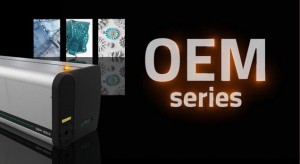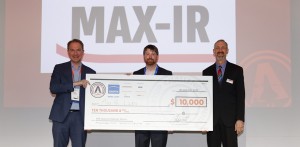
A Multi-Object Adaptive Optics (MOAO) technical and science demonstrator system developed by scientists at the University of Victoria Adaptive Optics Lab (LACIR) has been successfully installed and tested on the near-infrared (NIR) Nasmyth platform of the Subaru Telescope in Hawai'i - the first time such a system has been used on an 8-Metre class telescope.
The system, known as RAVEN, features six Andor EMCCD cameras, three ALPAO Deformable Mirrors, and a custom-built Calibration Unit, built by INO, which provides calibration sources and simulates atmospheric turbulence. It also uses a series of motorized 'pick-off' arms which can move through the field of regard and centre on available natural guide stars and science targets.
"MOAO systems enable astronomers to correct for atmospheric turbulence over an unprecedented field of view," says Professor Colin Bradley of the University of Victoria Adaptive Optics Lab and Principal Investigator on the RAVEN project.
Unique abilities
According to Bradley, RAVEN has some “unique abilities,” including the fact that it uses measurements from multiple guide stars - stars that are monitored to detect changes in the atmosphere so that the system can provide AO corrections in response. RAVEN has three sensors for tracking natural guide stars over a 3.5-arcminute field, each on a motorized 'pick-off' arm, as well as a fourth that is designed to work with the telescope's laser guide star.
"These state-of-the-art correction abilities enable the system to compensate for atmospheric turbulence using any stars in the field brighter than magnitude 14," said Bradley.
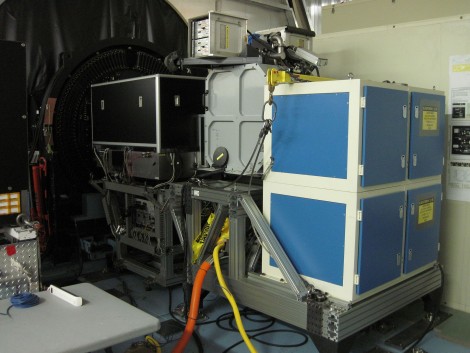
RAVEN also has two additional motorized pick-off arms for observing targets, each with a field of view of 4 arcseconds, which can be pointed anywhere in the 3.5-arcminute field. The system's deformable mirrors then sharpen the light from these two targets simultaneously and send the corrected images through -- in this case, to the telescope's spectrograph, enabling astronomers to take high-resolution spectra of two targets at the same time.
"MOAO technology is absolutely critical for the next generation of large, above 20-metre, class telescopes to function at their best. RAVEN is merely a technology demonstrator -- full-fledged MOAO instruments dedicated for long-term science investigation might have in the order of eight laser guide star sensors and twenty science pick-off arms," said Bradley.
Multi-object adaptive optics
As Bradley explained, the fact that “classical” AO systems are only capable of observing a small field of view at a time led to the development of Wide Field AO schemes, such as Multi-Conjugate AO (MCAO) and Multi-Object AO (MOAO) systems, largely in an effort to increase the number of simultaneously observable science targets in a large field of regard (FOR) - i.e., the target area that a sensor could see or detect based on its position.
MOAO systems are open-loop tomographic systems that use measurements from a constellation of reference stars - including natural and, sometimes, artificial guide stars - to compute a tomographic estimate of the atmosphere above the telescope.
"This reconstructed atmosphere is then used to estimate the integrated atmospheric turbulence along any independent line of sight within the field of regard and compute the corresponding commands to send to the actuators of a dedicated deformable mirror in the science channel looking in that particular direction," said Bradley.
"This can be done for as many 'science channels' as the instrument has - Raven has two, ELT instruments could have up to twenty - providing localized, high quality AO correction in multiple directions simultaneously," he added.
On-sky tests
MOAO instruments can correct light in any number of directions, but RAVEN as a demonstrator only applies the MOAO correction towards two “science targets,” which can be reimaged side-by-side on a single imaging camera or on the slit of the IRCS spectrograph housed at the Subaru site.
For Bradley, this parallelization of target observation reduces total observation time, helping to produce “more science for the same cost,” a benefit he pointed out is very relevant to the Extremely Large Telescopes (ELTs) currently under development.
"The technology of MOAO is largely untried and presents potential risks as an ELT-scale instrument, for this reason smaller scale demonstration instruments such as RAVEN are being developed to prove concepts, identify challenges and mature the technology through practical experience," he said.
Following two successful on-sky tests in May and August - in partnership with the National Astronomical Observatory of Japan (NAOJ), the Herzberg Institute of Astrophysics and Tohoku University - Bradley reveals that the RAVEN system is “now open to the scientific community.” Any astronomers can now ask for telescope time at Subaru with RAVEN to conduct their research program.
"The next observation run with Raven is planned for May or June 2015. Between observations, RAVEN is also used with its calibration source in the laboratory to test new AO correction algorithms," he added.
Written by Andrew Williams, Contributing Editor, Novus Light Technologies Today



































 Back to Enlightening Applications
Back to Enlightening Applications